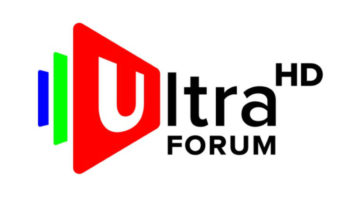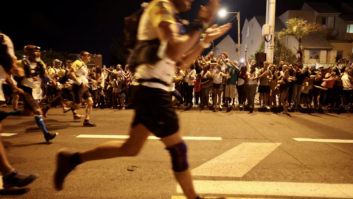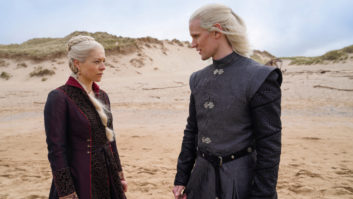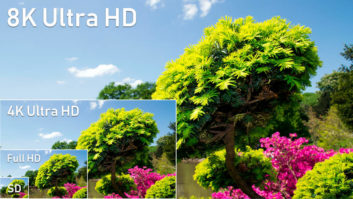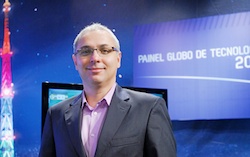
Brazilian broadcaster TV Globo has given the clearest indication yet that elements of the FIFA World Cup 2014 will be captured in Ultra-HD. It is also using 4K for visual effects in its soaps on a daily basis. José Marino, journalism and sports engineering director, TV Globo, said: “High definition, which was the paradigm just a couple of years ago, has now been surpassed by UHDTV, and content production and distribution must keep up. It is important that we show our viewers what UHDTV is all about, that they experience it and want to have it in their homes. Brazilians love football, and so the World Cup is the perfect occasion with the perfect content to show this technology.” The broadcaster has been investigating Ultra-HD for at least two years, producing 2x nine hours of the 2012 Rio Carnival in 4K (sequences shot in 4K RAW were shown at NAB2012) and following that up with more Carnival coverage using Sony F65s this year. Latin America’s biggest network has also just completed its first 4K drama and is regularly using 4K cameras for visual effects in its telenovellas. The dramatic feature O Tempo e o Vento (The Time and The Wind), directed by Jayme Monjardim and lensed by Affonso Beato, ASC, ABC was shot using a pair of F65s, a set of Zeiss Master Primes and an Angenieux Optima Zoom, and followed the 16-bit 4K ACES workflow. Post production was shared between TV Globo and Sony Pictures’ Colorworks in LA. The period drama which charts the histories of two families in South Brazil over 200 years up to the 1940s, will receive a theatrical release in early 2014 before being re-edited into a mini-series for broadcast. “We understand that the TV industry is evolving and that somehow and somewhere in the future Brazil will have a 4K distribution system,” explained Raymundo Barros, entertainment engineering director (pictured). “TV Globo produces around 2,500 hours of content a year across entertainment, drama, docs and music programmes and some are released into movie theatres first before airing on TV. For these, a 4K strategy makes a lot of sense. “4K also makes huge sense for visual effects in our telenovellas,” Barros said. He explained how the department is shooting high-resolution sequences using three paired F65s as backplates onto which actors shot on blue screen are comped in post. “For example, it is very difficult logistically for actors and crew to set up discrete shots on Copa Cobana beach so what we do is take three F65s and shoot a large plate of 12k x 2K resolution [using a picture stitching application developed in house] and take this back to our post centre for compositing in Flame and Nuke. He clarifies: “The final resolution of the plates are more like 9K x 2K but it provides very rich detail into which I can pan, zoom and tilt for final composite.” It’s likely that more special projects – such as the feature film – will also be acquired 4K although the production schedule for the telenovellas is too tight, he said, for these to be shot in 4K. “We’ve just finished trialling the Canon C500 and think that because of its small form factor this camera would be a great option for backplate post production because several of them can be aligned much closer to each other” than using F65s. “There are similar challenges with 4K to the ones we faced with HD – namely that with props, set construction, wardrobe and make up; we have to take a lot more care but the shoot itself doesn’t need to alter that much.” Adrian Pennington
